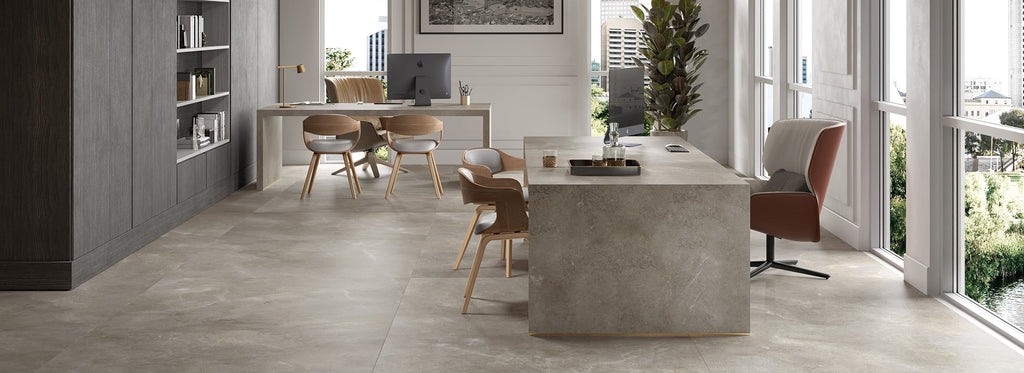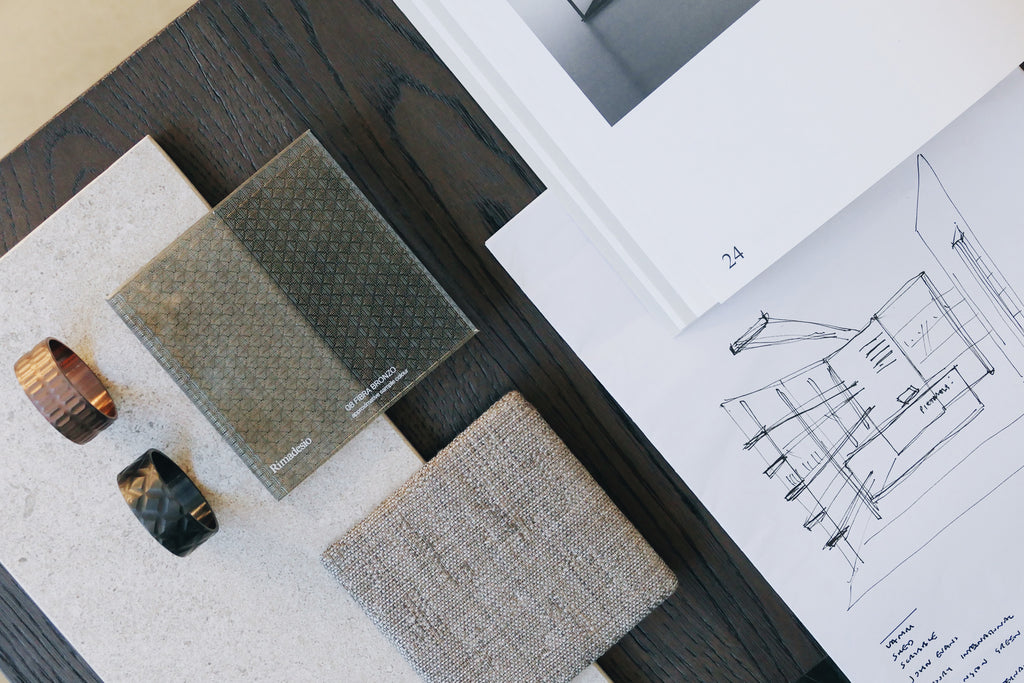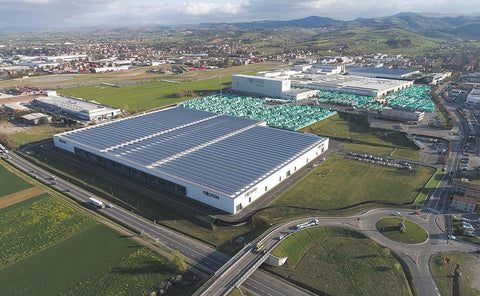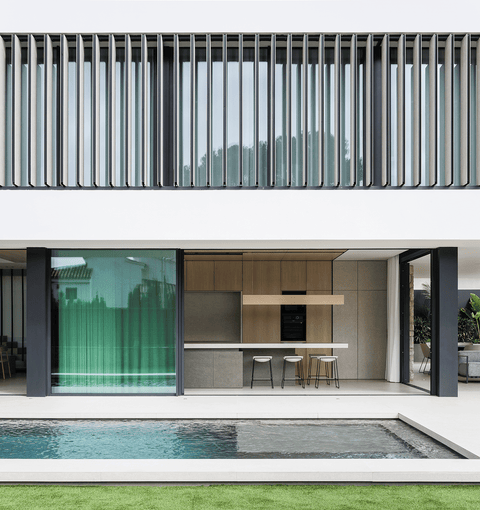-
Sustainable Porcelain - No Eco Compromise
At PietraCasa we highly value our planet’s natural resources. In fact, we’re committed to preserving them as best we can. Therefore, sustainability is a key building block of our work. To achieve this, we choose eco-friendly principles to underpin our whole supply chain, ensuring we value and respect the environment whilst supplying premium quality porcelain products.

-
Commitment to Quality. Commitment to the Environment
Our commitment to sustainability includes choosing truly sustainable, certified suppliers and partners who share our goals. Such values span from the careful utilisation of energy to green working practices that contribute to a cleaner environment. Of course, on a technical level, it also means responsibly handling the finished material.
Is porcelain an eco-friendly product?
Made from natural resources, clay, water and minerals such as feldspar, porcelain’s eco-footprint is significantly less than other hard surface materials. It can also be recycled, with our suppliers already using recycled material in their standard production and it can also be safely disposed of should the need arise.
To produce sustainable porcelain, raw materials are extracted from traced quarries. A keen eye is kept on how that is achieved, so many quarries have their sustainable practices monitored - from the location of the quarry and distance to the processing plant, right down to how much material has been recycled.
Some of our suppliers have perfected processes that nearly completely recycle waste materials from batch to batch - reusing everything from clays and glazes to tile scraps and filter residues.
The lifetime of porcelain also makes it more sustainable as it doesn’t have to be replaced. Nearly entirely inert, porcelain won’t deteriorate once in place, meaning a consistent performance both technically and visually. Porcelain is free from pollutants and toxins and damaging emissions will not be released into the environment its installed in. In fact, porcelain is now being produced which actually absorbs harmful emissions.
Is it possible for premium porcelain suppliers to work sustainably with naturally sourced products?
We partner with certified, eco-friendly suppliers with all of them achieving Certified B status or similar environmental certifications and with proven environmental strategies.
What does B-Corp certification mean? Essentially, it’s for corporations that perform excellently when measured for their social and environmental impact. They show that they are working transparently towards a more sustainable economic model of inclusivity and fairness. We value their determination to work sustainably and therefore strive to work with such manufacturers.
When it comes down to the technical side of porcelain manufacture, we partner with suppliers with high production standards. This includes environmental sustainability of their products, production processes and supplies, in addition to the CSR, safety in the workplace and energy efficiency in all stages of production.
How is this achieved? Low energy impact systems have been installed in the plants we work with to improve efficiency. To use electricity responsibly, many of our suppliers utilise photovoltaic solar panels and co-generators to self-produce green energy where possible. When additional electricity must be obtained, certified renewable sources are a preference.
The result? All porcelain manufacturers in Europe are now using at least some renewable energy. In fact, Florim, one of our leading porcelain suppliers, self-produced 78% of their electricity consumed in 2022, obtaining the UNI EN ISO 50001 certification as a result! Other than steam and evaporated water, virtually all of the wastewater produced during manufacture can also be reused for more batches of porcelain.
-
Our working practices reduce carbon emissions
PietraCasa are eco-conscious and put great effort into using resources wisely. We recycle, reuse what’s possible, encourage remote working and promote energy conservation. On a local level we limit wastage by implementing good sustainable design and best working practices to minimise our environmental impact. We order exactly what is needed and our in-house installers are highly skilled, which dramatically reduces wastage and damage.
7 practical ways we keep our eco footprint as small as possible




